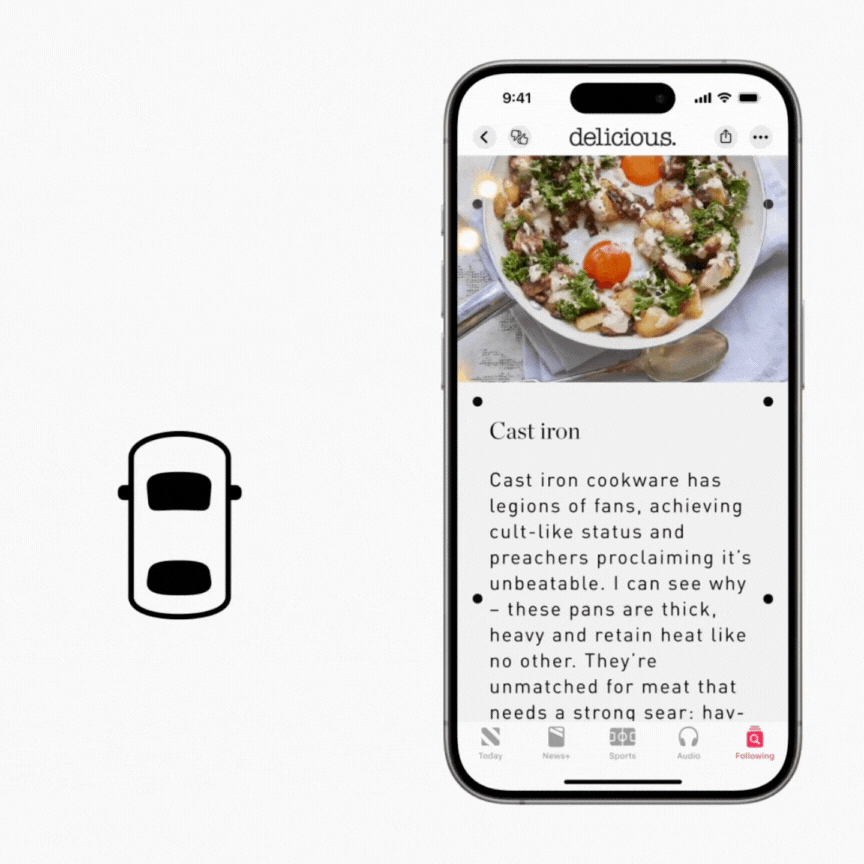
What you need to know
- Code snippets discovered in Google Play Services indicates Google could be copying an iOS 18 accessibility feature.
- The feature, called Motion Cues, tries to avert motion sickness by adding visual cues to the screen that show which direction a vehicle is moving.
- Aside from the Motion Cues name, we don't know what this tool might entail, or when (and if) it will release.
Google may be eying an Android accessibility feature that aims to limit the effect of motion sickness while using a smartphone or tablet in the car. A few code snippets relating to an unannounced Motion Cues feature were discovered in an APK teardown by Android Authority. While not a lot of information about this rumored feature is available, it's likely similar to Vehicle Motion Cues, an accessibility tool in iOS 18 that adds visual signals to your phone screen.
Motion sickness is a common problem that can be made worse by using a smartphone or tablet in the car. That's because while looking at your phone screen, your mind and body aren't able to recognize and adjust changes in vehicle movement. As such, Apple's Vehicle Motion Cues add dots to your iPhone's screen that indicate which direction a car is moving. They're clear enough to give your mind an idea of how the car is moving, while being unobtrusive enough to not significantly impede phone use.
These visual cues, as demonstrated by Apple in the graphic below, are intended to limit the effects of motion sickness. Soon, they could be coming to the best Android phones, too.

In version 24.46.30 of the Google Play Services beta, Android Authority spotted multiple code strings related to "motion sickness." Specifically, the code references a feature that is presumably called Motion Cues. It's described as being used to "show visual cues to mitigate the motion sickness." In other words, it sounds a lot like Apple's Vehicle Motion Cues in iOS 18.
motion_sickness_enabled
Motion Cues
Show visual cues to mitigate the motion sickness. The feature isn't active yet, and the code snippets aren't exactly clear on how Google plans to implement these motion cues in Android. However, being that the strings are appearing in the Google Play Services beta and not an Android beta, it's possible that Motion Cues could eventually rollout for multiple Android versions. There's precedent for this, as Android's latest security updates recently rolled out to most devices running Android 10 or higher.
Still, being that this feature is currently in the development stage, it's impossible to know for sure when (or if) it will release publicly.







